News & Tips
17 May 2023
TPM Knowledge
Golden Rules for TPM #10:Repeat the "Why" to Find the Root Cause
TPM Golden Rules
Why-Why Analysis is a method to confirm the facts as to "why" a defect phenomenon occurred, to consider the next "why," to identify the root cause, and to derive measures to prevent recurrence.
What is Why-Why Analysis?
Why-Why analysis is a method of analysis that focuses on the difference between a certain problem and the way it should be and pursues the reason why it occurred. Instead of thinking of an idea off the top of your head, you repeat asking "why" step by step to identify factors in a regular manner so that there are no omissions or failures.
The primary factors are used to determine why a phenomenon occurred, and the secondary factors are used to determine why the primary factors occurred to identify root causes.
The Characteristics of Why-Why Analysis
Compared to other methods, it does not require very deep theory or knowledge, and can be started from observation of facts in accordance with Sangen Principle (three actual conditions) - Gemba (actual site), Genbutsu (actual thing), and Genjitsu (actual reality) - so it is relatively easy for anyone to start the process. In addition, since everyone in the workplace can speak freely in the process, it is characterized by cultivating the ability to acquire a multifaceted view.
Related News
Active Areas
Our support reaches to Five Major Continents.

